Our latest paper is now available free online.
We contribute to the literature on demand for football by investigating the effect of variations in competition design on spectator turnout. We examine attendance in the League of Ireland Premier Division for two periods with alternative league formats, estimating club-fixed effects regressions.
Our results show that the change did not increase average attendance. Many determinants of attendance are robust to the reorganisation and balance measures are consistent under both formats. Like past evidence from the League, habit, team form, scheduling and travel are important determinants.
Our results speak to league administrators and club owners attempting to optimise revenues.
You can download the full PDF from the Economic and Social Review website here.
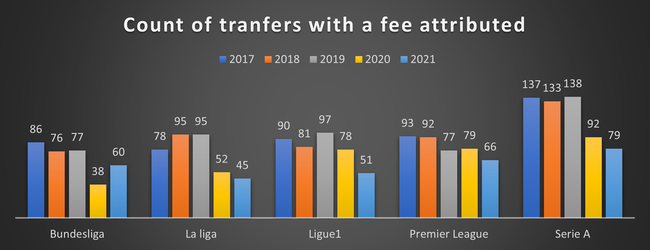
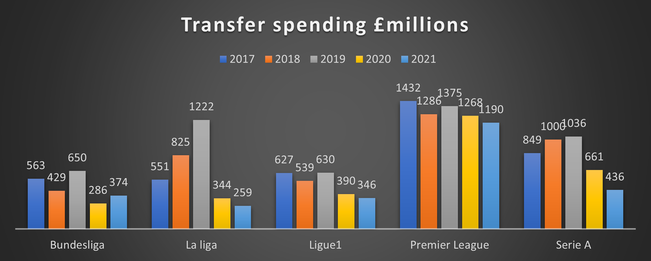

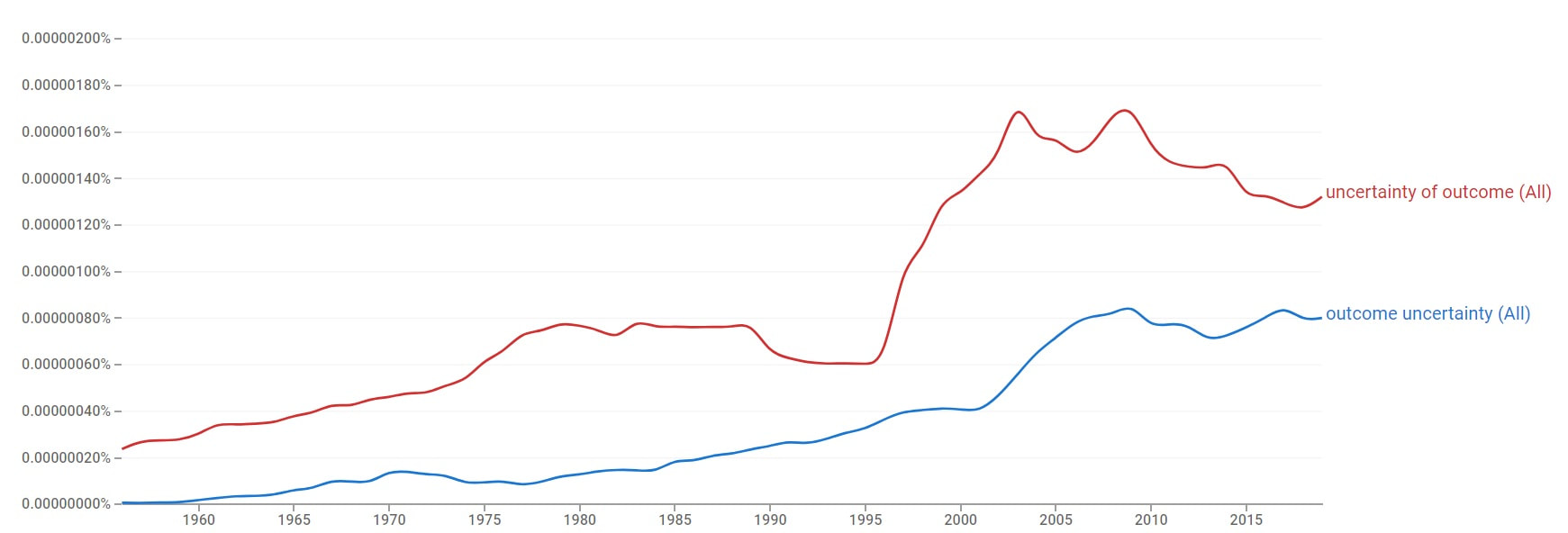
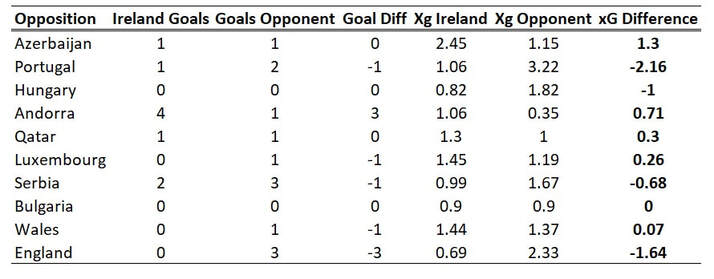
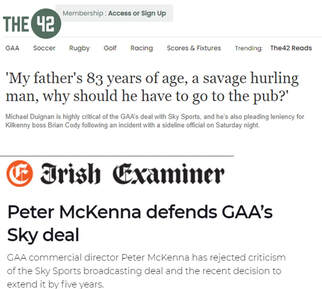

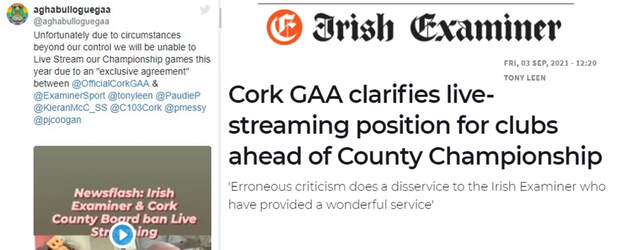

 RSS Feed
RSS Feed